Mums And Their Besties: The Ultimate Guide To Companion Planting
Mums and Their Besties: The Ultimate Guide to Companion Planting
Mums are a popular choice for fall gardens, and for good reason. They come in a wide variety of colors, sizes, and shapes, and they can add a touch of elegance and sophistication to any landscape. But did you know that you can also use companion planting to help your mums thrive?
Companion planting is the practice of planting certain plants together for their mutual benefit. Some plants help to attract beneficial insects, while others help to repel pests. Some plants improve the soil quality, while others help to shade or protect their neighbors.
By planting mums with their best friends, you can help them to grow healthier, stronger, and more beautiful. In this blog post, we will discuss some of the best companion plants for mums. We will also provide some tips on how to use companion planting to improve your garden.
Best Companion Plants for Mums
- Allium (garlic, onions, chives): Alliums help to repel pests such as aphids, beetles, and nematodes. They also improve the soil quality by breaking down organic matter.
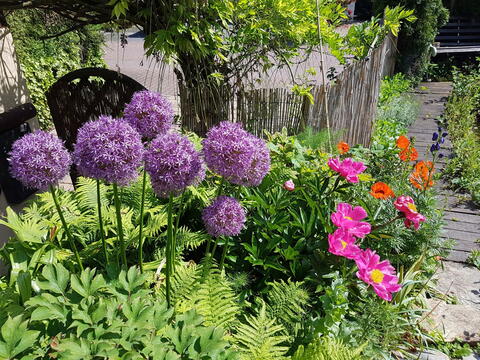
- Basil : Basil helps to repel mosquitoes and other insect pests. It also attracts beneficial insects such as ladybugs and hoverflies.
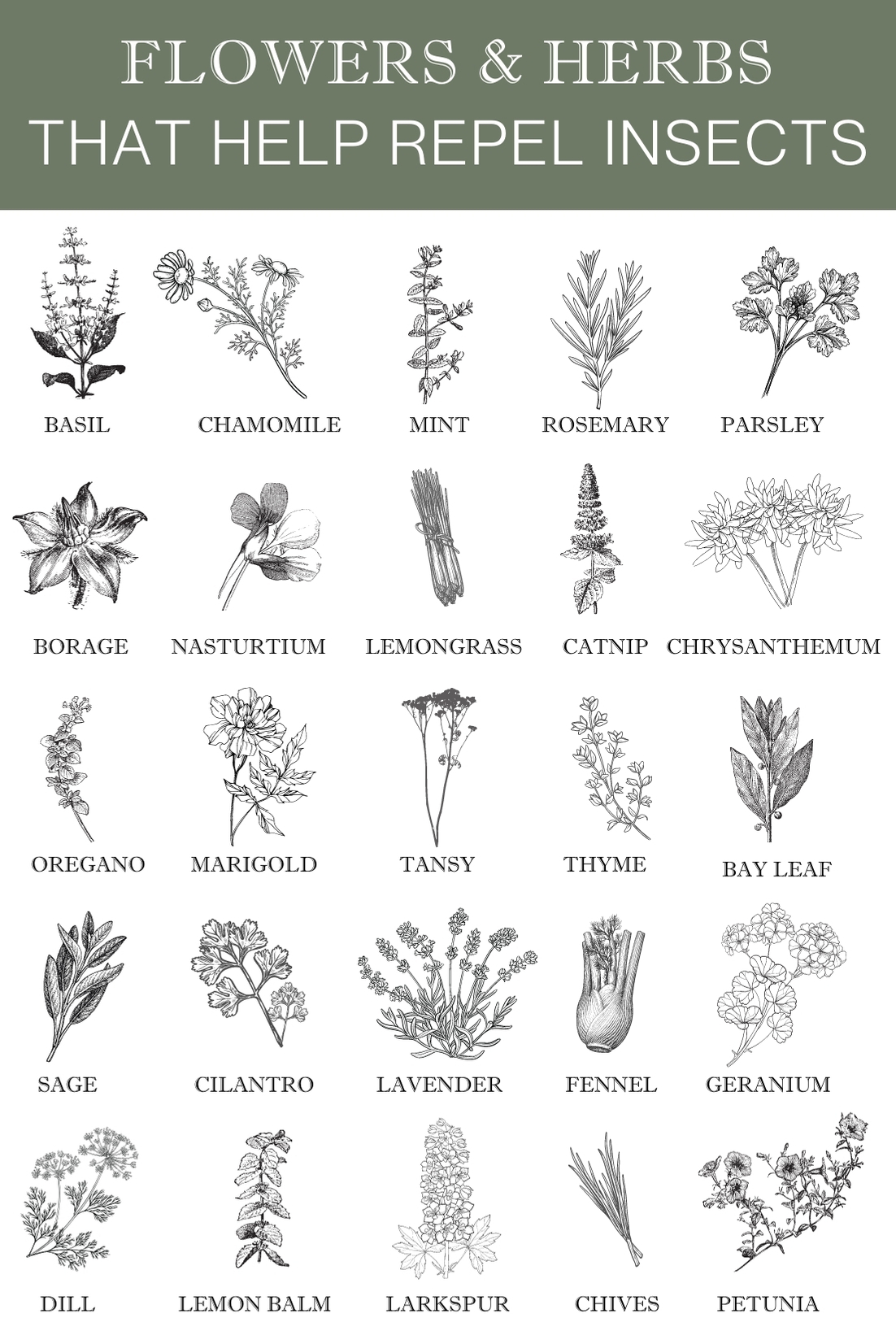
- Calendula (pot marigold): Calendula helps to repel aphids, cabbage worms, and spider mites. It also attracts beneficial insects such as ladybugs and lacewings.

- Chrysanthemums (other types of mums): Chrysanthemums of different varieties can help to attract beneficial insects and repel pests. They also help to improve the soil quality by breaking down organic matter.
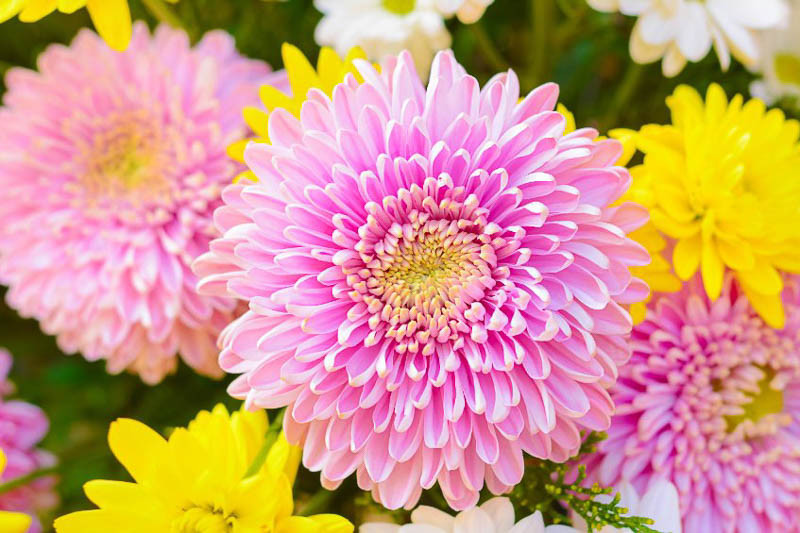
- Cosmos : Cosmos helps to attract beneficial insects such as ladybugs and lacewings. It also improves the soil quality by breaking down organic matter.

- Fragrant herbs (lavender, mint, rosemary): Fragrant herbs help to repel pests such as mosquitoes, flies, and ants. They also add a touch of fragrance to your garden.

- Lettuce : Lettuce helps to attract beneficial insects such as ladybugs and lacewings. It also improves the soil quality by breaking down organic matter.

- Marigolds (French marigolds): Marigolds help to repel nematodes, aphids, and whiteflies. They also improve the soil quality by breaking down organic matter.
- Petunias : Petunias help to attract beneficial insects such as ladybugs and lacewings. They also improve the soil quality by breaking down organic matter.

Tips for Using Companion Planting with Mums
- When choosing companion plants for mums, it is important to consider the size and shape of the plants. You want to choose plants that will not overshadow the mums or compete for water and nutrients.
- It is also important to consider the growing conditions in your area. Some companion plants are more tolerant of heat and drought than others.
- When planting your mums, be sure to space them properly. This will help to prevent the spread of diseases and pests.
- Water your mums regularly, especially during hot, dry weather.
- Fertilize your mums monthly with a balanced fertilizer.
Conclusion
Companion planting is a great way to help your mums thrive. By planting them with their best friends, you can help them to grow healthier, stronger, and more beautiful. By following the tips in this blog post, you can use companion planting to create a beautiful and productive garden.
Mums are a beautiful and versatile flower that can add a touch of autumnal color to any garden. But did you know that there are certain plants that can actually help to improve the health and longevity of your mums? These are known as companion plants, and they can provide a number of benefits, such as attracting pollinators, deterring pests, and improving drainage.
If you're looking for some great companion plants for your mums, I recommend checking out Gardenia Inspiration. This website has a comprehensive list of companion plants for mums, along with information about the benefits of each plant. You can also find tips on how to plant and care for your mums, as well as beautiful photos of different mum varieties.
I highly recommend visiting Gardenia Inspiration if you're interested in learning more about companion planting for mums. It's a great resource for gardeners of all levels, and it's sure to help you create a beautiful and healthy garden.
FAQ of companion plants for mums
Q: What are some good companion plants for mums?
A: Mums are versatile flowers that can be paired with a variety of other plants. Some popular companion plants for mums include:
- Annuals: Pansies, violas, snapdragons, gerbera daisies, bracteantha (straw flowers), and dianthus (carnations)
- Perennials: Coneflowers, dianthus, lamium, joe-pye weed, sedum, and asters
- Vegetables: Kale, cabbage, broccoli, and peppers
When choosing companion plants for mums, it is important to consider the following factors:
- Color: Choose companion plants that complement the colors of your mums. For example, if you have yellow mums, you might want to plant them with blue or purple flowers.
- Bloom time: Choose companion plants that bloom at the same time as your mums. This will help to extend the flowering season in your garden.
- Sun exposure: Mums need full sun, so make sure that your companion plants also require full sun.
- Soil type: Mums prefer well-drained soil, so make sure that your companion plants also prefer well-drained soil.
Q: What are the benefits of planting companion plants with mums?
A: There are several benefits to planting companion plants with mums. These benefits include:
- Attracting pollinators: Companion plants can attract pollinators such as bees and butterflies, which will help to pollinate your mums.
- Disease and pest control: Companion plants can help to repel pests and diseases that can harm mums. For example, marigolds are known to repel nematodes, which can damage the roots of mums.
- Improved soil quality: Companion plants can help to improve the soil quality around your mums, which can lead to healthier plants.
- Increased visual appeal: Companion plants can add color and interest to your garden, and they can help to create a more balanced and harmonious look.
Q: How far apart should companion plants be planted with mums?
A: The distance between companion plants and mums will vary depending on the size of the plants. However, as a general rule, you should plant companion plants at least 12 inches away from mums. This will give the plants enough space to grow and thrive.
Q: When should I plant companion plants with mums?
A: You can plant companion plants with mums in the spring or fall. However, if you are planting in the fall, make sure that the companion plants will have enough time to establish themselves before the winter weather arrives.
Q: How do I care for companion plants with mums?
A: The care requirements for companion plants will vary depending on the type of plant. However, most companion plants will need regular watering, fertilizing, and weeding. You should also deadhead spent flowers to encourage new blooms.
Image of companion plants for mums
- Ornamental kale and cabbage: These plants have similar colors and textures to mums, so they can create a beautiful contrast in your garden. They also attract beneficial insects, which can help to keep pests away from your mums.

- Pansies: Pansies are another great choice for companion plants for mums. They come in a variety of colors, so you can find some that will complement the colors of your mums. Pansies also attract pollinators, which can help to fertilize your mums.
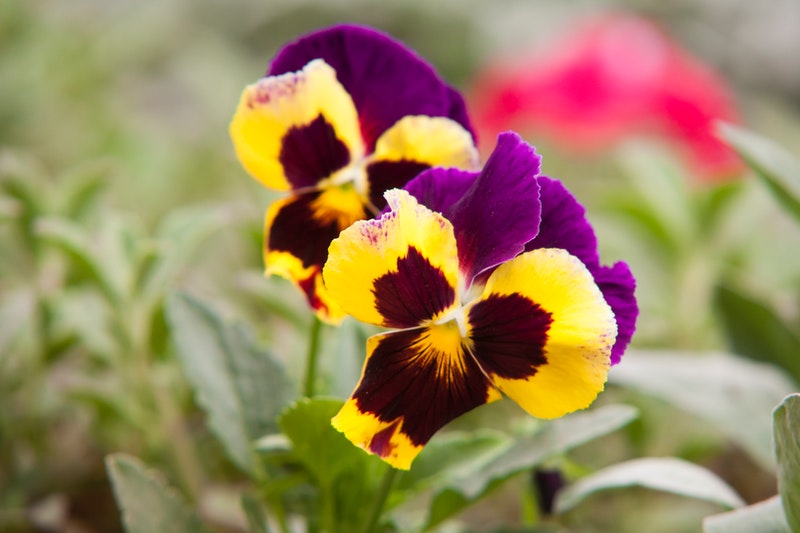
- Ornamental grasses: Ornamental grasses add height and texture to your garden, and they can help to frame your mums. They also require very little care, so they are a great choice for busy gardeners.
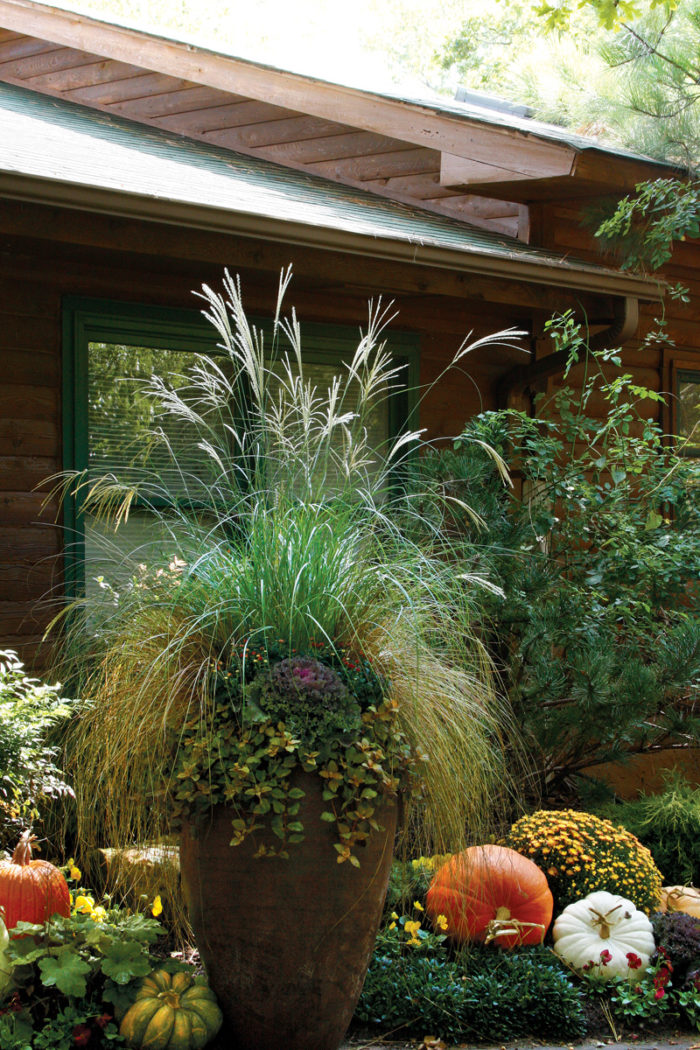
- Asters: Asters are a type of daisy that blooms in the fall. They come in a variety of colors, so you can find some that will complement the colors of your mums. Asters also attract pollinators, which can help to fertilize your mums.

- Goldenrod: Goldenrod is a native wildflower that blooms in the fall. It has bright yellow flowers that will add a pop of color to your garden. Goldenrod also attracts pollinators, which can help to fertilize your mums.

Post a Comment for "Mums And Their Besties: The Ultimate Guide To Companion Planting"